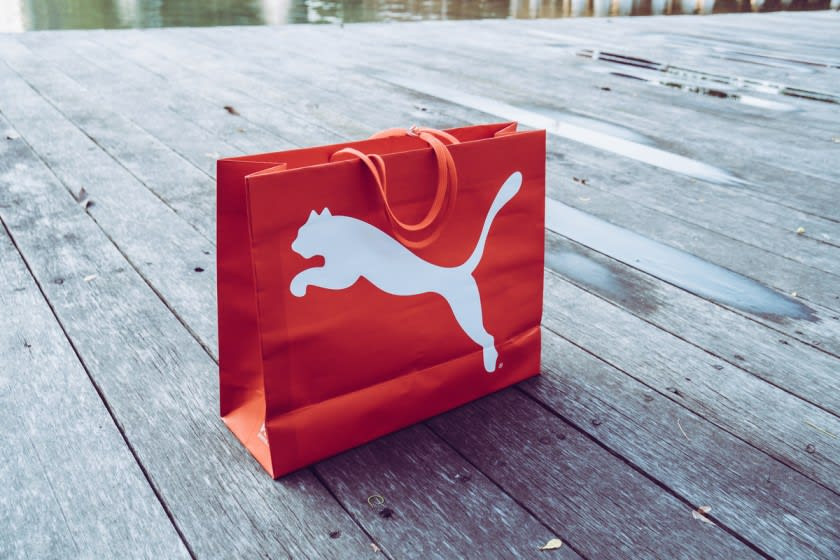Shein has taken the fashion world by storm, becoming a go-to online retailer for trendy and affordable clothing, accessories, and more. Known for its incredibly low prices and vast selection, the brand has captured the attention of millions, particularly within Gen Z and Millennial demographics. But with its global reach and lightning-fast fashion cycles, many shoppers find themselves asking: Where Is Shein Located? Understanding Shein’s operational base and warehouse locations can shed light on its business model and how it delivers fashion at such competitive prices.
The Origins of Shein: From China to the World
While Shein’s popularity is global, its roots are firmly planted in China. Founded in 2008 by Chris Xu, Shein initially operated under the name ZZKKO, primarily focusing on wedding dresses. Over time, the company expanded its offerings to include a wider range of women’s fashion, rebranding as SheInside before finally settling on the name Shein in 2015.
From its Chinese base, Shein strategically targeted international markets, particularly the USA, Australia, and Canada. Leveraging social media platforms popular among Gen Z, Shein cultivated a massive online presence. Today, Shein ships to over 220 countries and territories, showcasing its remarkable global expansion from humble beginnings. Starting with a small team, Shein’s workforce has grown exponentially to approximately 10,000 employees, reflecting its rapid ascent in the e-commerce fashion industry.
Shein’s Phenomenal Rise: Why is it So Popular?
 Why is Shein so famous?
Why is Shein so famous?
Shein’s explosive growth can be attributed to several key factors, most notably its unbelievably low prices. Consumers are drawn to Shein’s ability to offer clothing at significantly lower prices compared to brands like Zara or Mango. This value proposition became even more appealing during the Covid-19 pandemic, as online shopping surged.
Beyond affordability, Shein’s fast-fashion model is a major driver of its success. The company introduces an astounding average of 2,800 new designs daily. This rapid turnover keeps the inventory fresh and caters perfectly to the trend-conscious Gen Z demographic, allowing them to constantly update their wardrobes with the latest styles without breaking the bank. This constant influx of new items, coupled with inclusive sizing, broadens Shein’s appeal to a wide range of customers.
Effective marketing strategies also play a crucial role. Shein actively engages with its target audience on platforms like Instagram, keeping them informed about new arrivals, promotions, and discounts. Influencer marketing is another cornerstone of their strategy, further amplifying their reach within the Gen Z demographic. Additionally, Shein utilizes live-streaming, a particularly effective marketing tool in regions like China, to engage customers and drive sales.
Unveiling the Shein Warehouse Location in the USA
The immense popularity of Shein naturally leads to questions about its logistics and supply chain, particularly concerning warehouse locations. Initially, Shein operated solely with warehouses in China, meaning all orders were shipped directly from there. However, as the company scaled, it strategically established warehouses in key regions globally to expedite delivery and cater to its international customer base more efficiently.
For customers in the United States, Shein utilizes warehouses located within the USA. Specifically, Shein’s warehouse in the USA is strategically positioned near Los Angeles. This logistical setup means that orders destined for US customers are primarily shipped from this domestic warehouse, significantly reducing shipping times compared to direct shipments from China. While Shein’s delivery times might still be slightly longer than some competitors, the combination of low prices and an extensive product catalog continues to solidify its loyal customer base. The journey for many Shein items bound for the US market begins at a primary Shein warehouse in Foshan, Guangdong, China, before making their way to the Los Angeles distribution center.
Ethical Concerns and Controversies Surrounding Shein
 Shein Controversies
Shein Controversies
Despite its phenomenal success, Shein has faced considerable scrutiny and controversy. One major area of concern revolves around ethical labor practices. While Shein publicly states its commitment to fair labor and the absence of child labor, a lack of transparency in its supply chain raises questions about the actual working conditions and wages in its manufacturing facilities. The rapid production pace required to maintain Shein’s fast-fashion model further fuels these concerns.
Plagiarism and design theft are other significant issues plaguing the brand. Numerous independent artists and established brands, such as Dr. Martens and Ralph Lauren, have accused Shein of কপিing designs and intellectual property. Instances of culturally insensitive products, like a swastika necklace and prayer mats mislabeled as “frilled Greek mats,” have also drawn widespread criticism and backlash.
Quality is another recurring complaint among Shein customers. To maintain rock-bottom prices and keep up with fleeting trends, Shein often utilizes lower-quality materials like nylon and synthetics. This trade-off results in garments that may not be durable. Furthermore, the sheer volume of clothing produced by Shein contributes significantly to textile waste and environmental pollution, contradicting any claims of environmental responsibility. The fast fashion model itself encourages a cycle of consumption and disposal, raising broader sustainability questions.
The Bottom Line: Shein’s Impact and the Future of Fast Fashion
Shein’s dominance in the fast fashion industry is undeniable. Its ability to offer trendy, affordable clothing has resonated strongly with a generation of consumers. While some shoppers are aware of the ethical and environmental concerns, the price point often outweighs these considerations, particularly for budget-conscious students and young adults. The convenience and vast selection Shein offers have cemented its position as a major global brand.
However, the controversies surrounding Shein highlight critical questions about the true cost of fast fashion. Consumers are increasingly becoming aware of the environmental and social impact of their purchasing decisions. As awareness grows, there may be a shift towards more sustainable and ethically conscious fashion choices.
For businesses seeking a more responsible approach to fashion manufacturing and supply chains, companies like Fashinza offer alternatives. Fashinza emphasizes transparent and ethical production processes, aligning with the growing demand for sustainability in the fashion industry. As consumer values evolve, the future of fashion may well depend on striking a better balance between affordability, trendiness, and ethical responsibility.
Related Articles
How To Partner With Shein Manufacturers For My Brand
Shein Vs. Zara: A Case Study on Fast Fashion
Shein Marketing Case Study
How can I start sourcing from Shein Wholesale Supplier?
How to Get in Touch with Shein Manufacturers to Produce Your Own Label?
fashion-industry
shein-usa
shein-warehouse
where-is-shein-warehouse
Share this Story
Discover Data Led Trendy
Designs With Fashinza

Similar Stories
 Article PreviewWhere are Puma Clothes Made?
Article PreviewWhere are Puma Clothes Made?
5 min read
26.5k views Article PreviewWhat is the Gutermann Thread?
Article PreviewWhat is the Gutermann Thread?
5 min read
8.3k views Article PreviewFashion News Today – Sustainable Fashion on the Indian Roll!
Article PreviewFashion News Today – Sustainable Fashion on the Indian Roll!
5 min read
5.1k views

